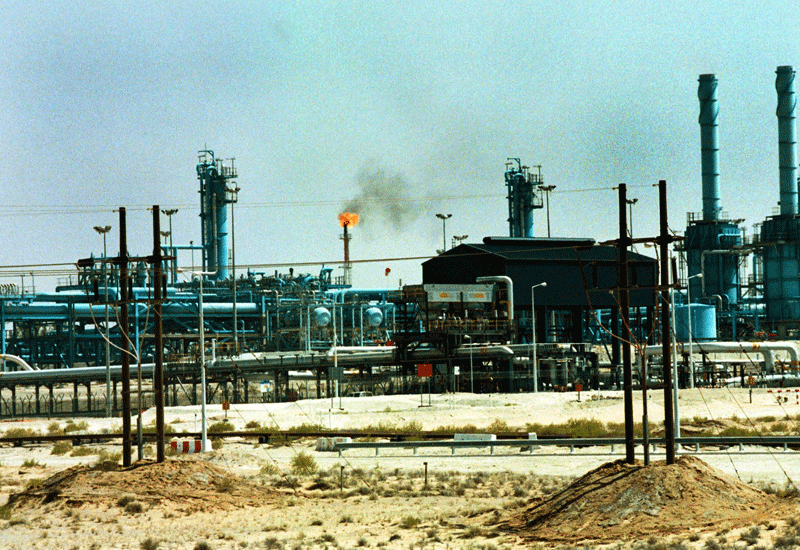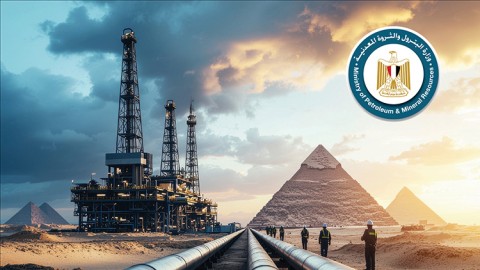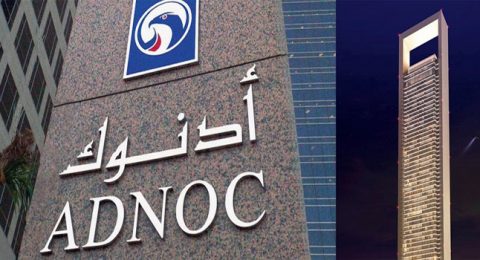Production of polymer-grade propylene at Abu Dhabi National Oil Company’s (ADNOC) newly-commissioned Propane Dehydrogenation (PDH) unit at the Ruwais refinery complex has reached full capacity, the company announced in a press release.
The PDH unit receives propane from both ADNOC Gas Processing and Ruwais Refinery West, from which it produces half a million tons per year of polymer-grade propylene. The new standalone unit was built as a part of the Carbon Black and Delayed Coker project.
“The PDH unit is a key element of ADNOC Refining’s expansion strategy to help create maximum value for ADNOC’s Downstream businesses,” Jasem Al Sayegh, ADNOC Refining CEO, said.
“The expansion in propylene production will be over half a million tons per year, adding value to our refining operations by integrating with downstream processing units. It will also help enable our partner company, Borouge, to meet the increasing global demand for specialist polymer products, particularly from the Asia-Pacific region,” he continued.
Propane dehydrogenation is a technique used to produce polymer-grade propylene from propane independent of a steam cracker, or fluid catalytic cracking unit, the press release said.
According to ADNOC, a reliable source of propylene is needed to meet growing market demand. Demand from the Asian market is expected to grow in the near future due to rising automotive production and the greater purchasing power of expanding middle-class populations.
An additional polypropene plant at the existing Borouge 3 complex in Ruwais is planned and slated to increase total polymer production capacity to 5 million tons per year by 2021.
ADNOC also revealed plans in May to upgrade the entire Ruwais complex, in order to “substantially increase the company’s flexibility and capabilities to produce greater volumes of higher-value petrochemicals and derivative products,” the press release said. The upgrades include building one of the world’s largest mixed feed crackers, trebling petrochemical production capacity from 4.5 million tons per annum (mtpa) in 2016 to 14.4 mpta by 2025.












